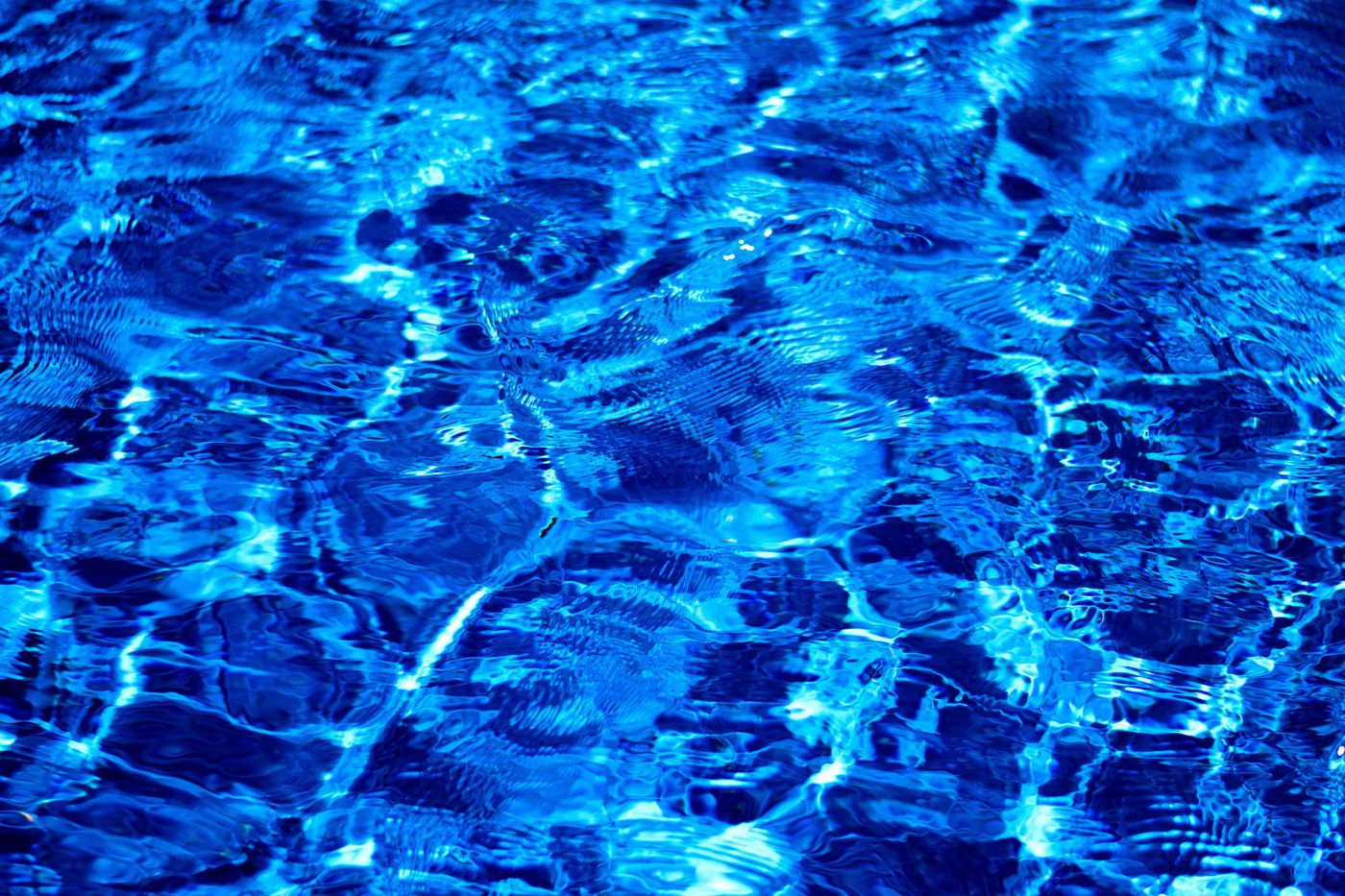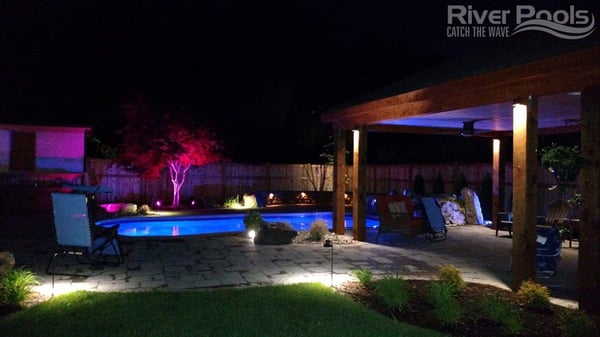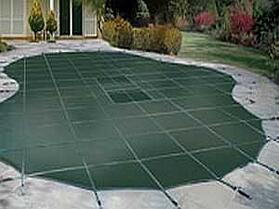
What Are the 3 Most Popular In-ground Pool Options of 2019?
As a pool guy, I get asked all the time, "What are the most popular options for in-ground pools and why?"
I would say the three most popular options are salt water chlorinators, underwater pool lights, and security covers. Here are the pros and cons of each.
Salt Chlorine Generators
Saltwater chlorinators provide exceptional water quality without the odor and irritation typically associated with traditional chlorine pools.
Most people don’t know that a salt water pool is actually a chlorine pool. The machine converts salt into chlorine, and does so in such a way that the nasty odors and eye irritation associated with chlorine aren’t present.
Another huge advantage of salt chlorine generators is they are extremely low maintenance.
To maintain chlorine levels, simply add 4–8 bags of granular salt directly to the pool each season. Salt can be purchased from any store that sells pool chemicals, comes in 40-lb bags, and costs about $12 per bag.
(Read more about saltwater pool costs here)
Even though saltwater pools are extremely low maintenance, water chemistry should still be monitored weekly.
The initial cost of a salt chlorine generator is typically between $1,700 and $2,500.
The salt will usually cost between $50 and $100 per season. You can also expect to replace the salt cell (the component that converts salt to chlorine) every 5–7 years at a cost of $700–$900.
If you compare this to a typical chlorine system where you spend between $200 and $300 on chemicals each season, the long term costs are virtually the same.
If there is any disadvantage to a salt water system it is the initial cost, but most people find that it is well worth it.
Pool Lights
If you have ever seen a pool lit up at night or even looked at some of our pictures on our website, you can see why a lot of our customers consider lighting a need rather than a want.

When comparing the cost of lighting to other accessories that beautify your pool, a light gives you the best bang for your buck.
We use the Pal 2000, which is an LED light that allows you to change light colors simply via remote control. The life expectancy on the bulb is 10,000 hours so rarely, if ever, will you need to replace the bulb.
If you do need to replace the bulb, it is easy and can be done without lowering the lever of water in your pool. We find that one light is adequate for pools less than 30’ and recommend an additional light for pools greater than 30’.
You can expect to spend between $700 and $900 per light.
Security Covers
 The primary purpose of security covers is to protect children and pets, but they also keep debris out of the pool and require no maintenance during the winter months while the pool is closed.
The primary purpose of security covers is to protect children and pets, but they also keep debris out of the pool and require no maintenance during the winter months while the pool is closed.
They anchor to the patio with brass lugs that screw flush with the patio when the cover is not in use.
I sometimes get asked, “Are these covers really as strong as they claim?” The answer is “Absolutely." If you look at pictures of these covers, it is easy to see why they are so popular.
The alternative to the security cover is a tarp style cover. It is the cheapest option but is not nearly as safe or secure because they are held in place with water bags. Inevitably, the cover will fall in the water at some point during the winter…plus they are not very nice to look at.
A typical tarp cover will cost a couple hundred dollars. A security cover will be between $2,500 and $3,000 installed. The tarp option is definitely cheaper, but most customers see the value in paying more for something that works.
So here are the three most popular pool options for in-ground pools. I hope this helps you to make a more informed decision when deciding how to spend your hard-earned dollars.
If you would like to learn more about salt systems, pool lighting, or security covers, check out our Pool Options and Accessories page. It covers these options plus many more.
Good luck this pool season!
Up Next:
Inground Concrete Swimming Pool Cost and Price Guide 2020
The Pros and Cons of Fiberglass Pools
Editor's note: This blog article was updated on February 18, 2020.





